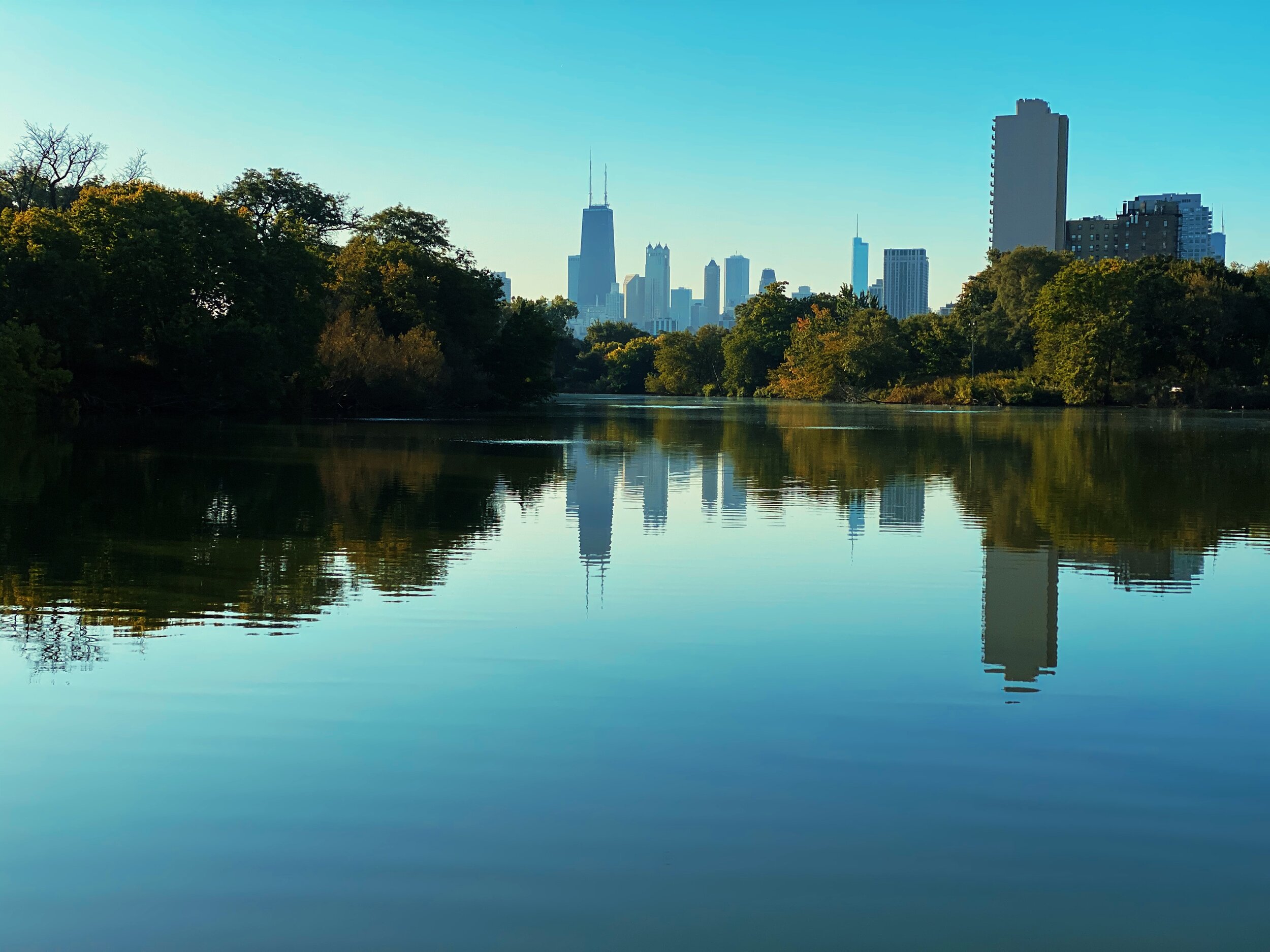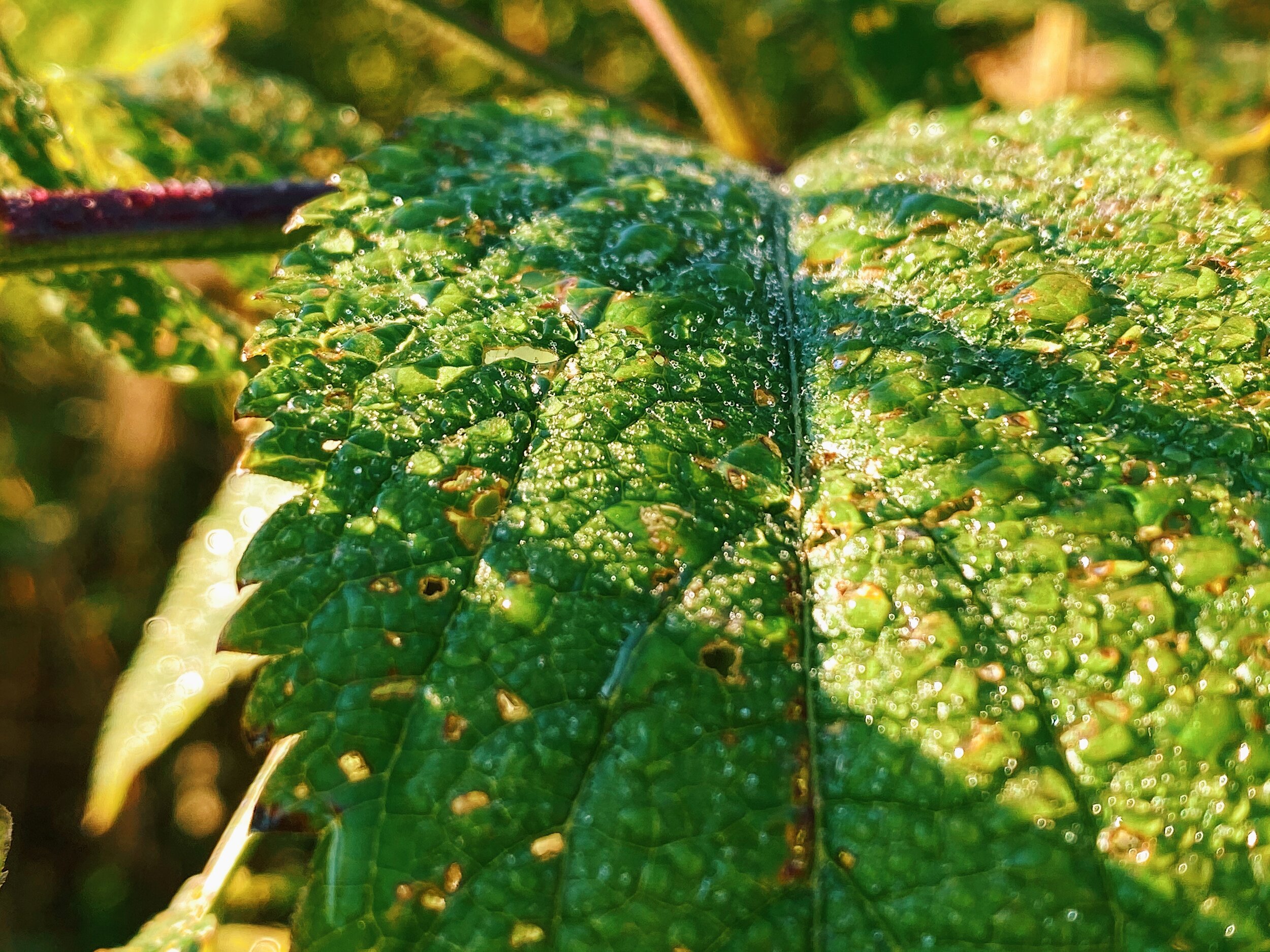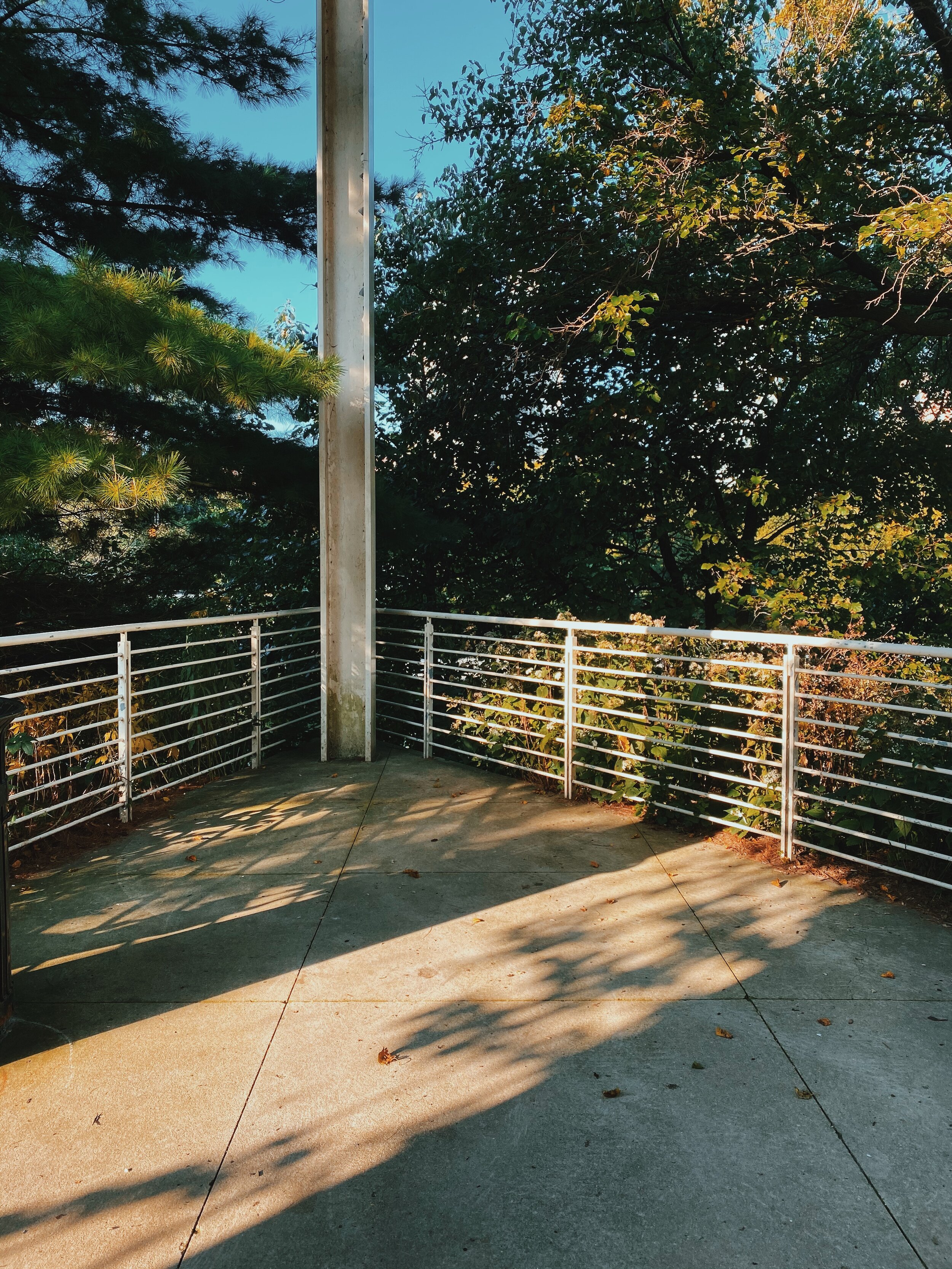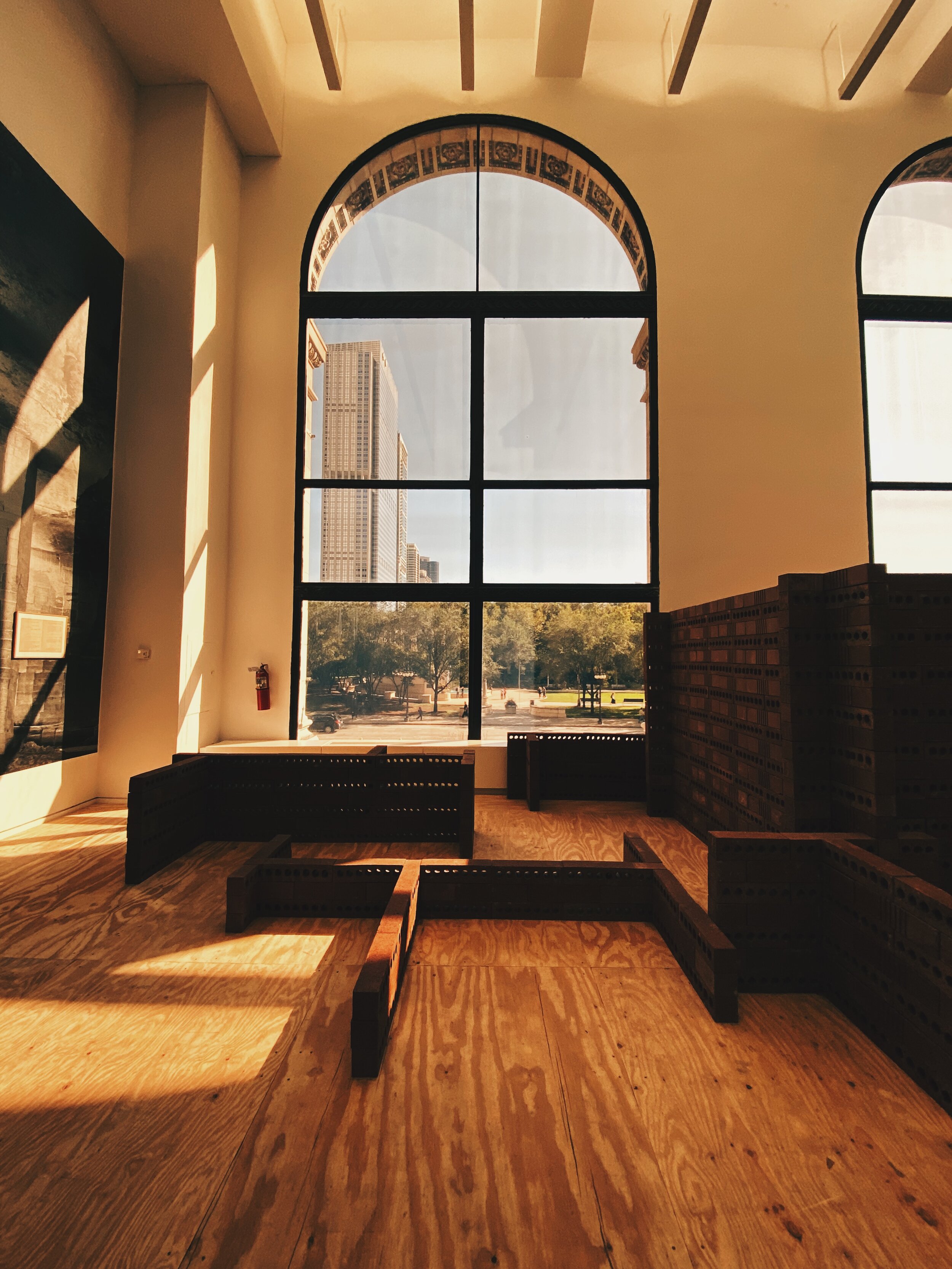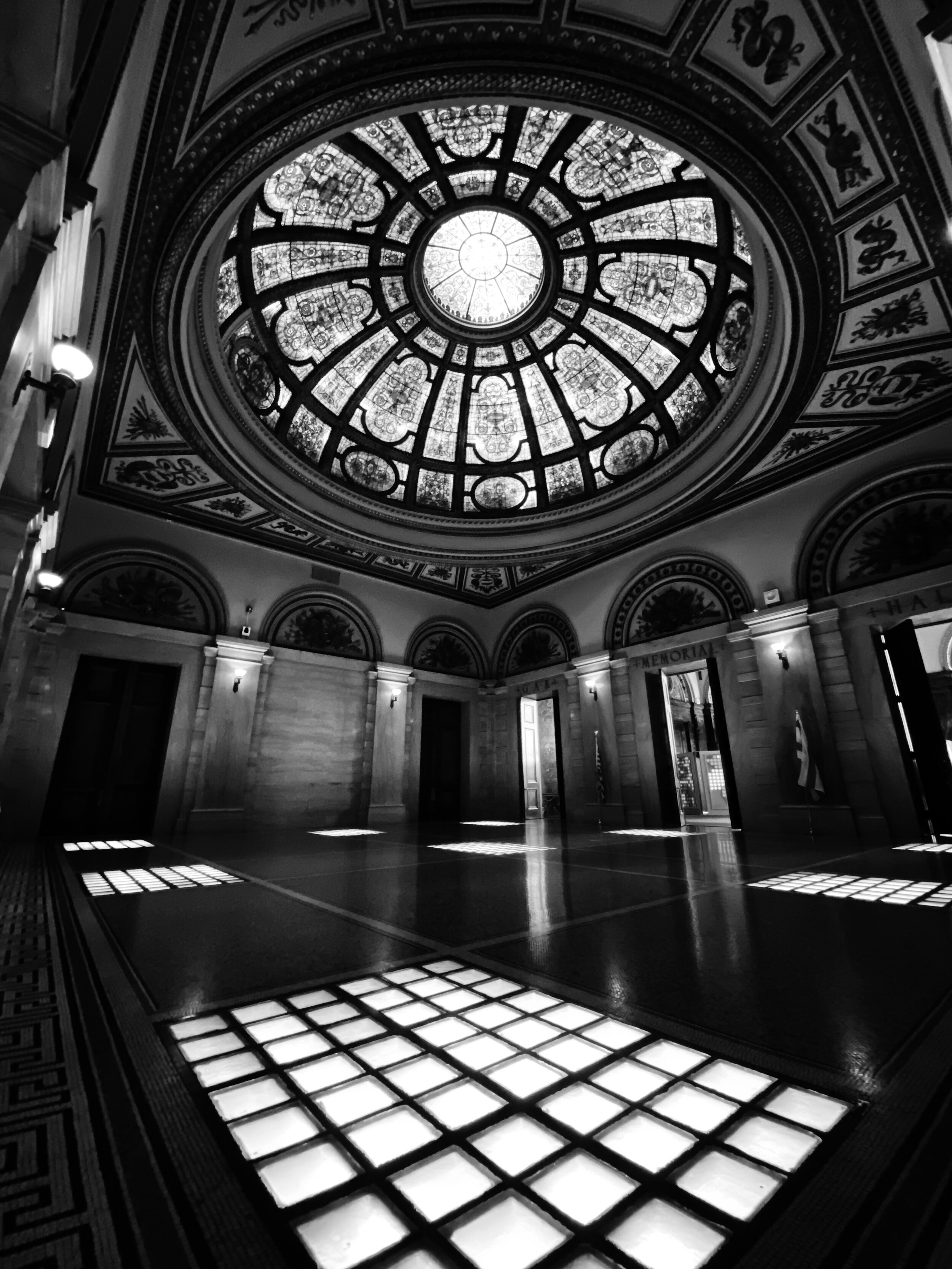Shot on iPhone 11 Pro, Ultra-wide Angle
While I am referring to specific article/video by Macrumors.com, this is not a thesis on iPhone nor am I representing Apple or its viewpoints at all. I am a cinematographer and photographer with extensive knowledge of how cameras, lenses, and software works. This is about correcting misconceptions of how cameras work.
The video discusses how iPhone 11 Pro camera isn’t “that much better” than iPhone XS camera. Without going into a long book on how camera’s operate, let’s just dive into some basic.
Firstly, the author’s nomenclature is very much incorrect. To clarify some terms and some general understanding of how a camera functions, permit me to start with how the term “wide-angle” is used versus how it should be used.
“Wide-angle sensor” or “wide-angle camera”—these things do not exist. There is no such thing. A camera can have a wide-angle lens or a sensor of different size, but at no point will the camera or sensor be wide-angle.
A sensor, hence its name, is only a part of a camera that records a signal—in this case, light.
A camera is a system, a sum of parts, that outputs or captures an image. A rudimentary explanation of the process by which a camera capture an image is as follows:
Light is transmitted through the lens (whatever the focal length may be) through the aperture and is focused on the sensor that may include a color array, infrared filter, and more.
That signal is passed through a series of processes such as an analog to digital converter, signal to noise firmware, and, in the case of iPhone, the A13 Bionic chip, etc.
Passing on through the main board, the final processing takes place (even in RAW files).
Finally, it is transferred to storage.
While this is a very rudimentary list as it is more complex but the general concepts apply.
Cameras are not sensors, they are systems.
The size of a sensor also nothing to do with the lens. While sensors of different sizes will give different field of views, it would be inaccurate to ascribe the term “wide-angle sensor.” The focal length of a lens is the only item that truly affects the angle of view. Changing what is behind the lens does not change the laws of physics.
Most importantly, the phrase “larger sensor lets in more light” is patently false. Sensors record data. That is it. Under no circumstances does the size of the sensor address the light transmitted through the lens. What a larger sensor may change is signal to noise ratio, dynamic range, signal gain, highlight clipping point, field/angle of view, and low-light sensitivity. However, to be very clear, those are all highly generalized statements and are not necessarily true.
The lens, however, may allow more light to reach the sensor should the aperture be larger, fewer or thinner elements, and in the situation of iPhone 11, the new lenses do have a larger apertures. But no, larger sensors do not ‘let in more light’—they do not function like solar panels where one single signal is converted to another (electricity). Image sensors collect data on a pixel to pixel basis. A pixel on the right side of the sensor does not affect a pixel on the left side nor does the exposure change because of a larger sensor.
Image quality is not easily discussed because it is like saying, “lunch today was good,” there are many attributes that are taken into account concerning what makes a meal good. For example, flavor, price, quantity, preparation, etc. are all variables. The same goes for image quality. Some attributes may be: sharpness, dynamic range, color rendition, image fidelity, contrast, quantity of noise, detail, and much more.
However, the images discussed were of the claim that iPhone XS had better image quality than that of iPhone 11 Pro. The street image, which is like taking a picture of a brick wall—it isn’t a very good real-life example of how one uses a camera—is sophomoric. The high contrast of iPhone XS, while I do personally like, is that of having lower dynamic range. iPhone 11 Pro has better signal gain due to a new sensor, larger aperture, and different processing. Higher dynamic range will appear lower in contrast, however, it in fact gives more detail and more flexibility in editing an image. Had the author taken a moment to edit the photos, the image from iPhone 11 Pro would likely be superior. Discussing straight out of camera (SOOC) images is shortsighted and shows a lack of understand how people actually photograph.
He goes on to mention that the highlights are blown out on iPhone 11 Pro images. I don’t know what he is referring too. I see no blown highlights other than the sun in a few shots (which is to be expected). More importantly, the higher dynamic range will give the impression that highlights are blown when in fact they are very much fine. To be fair, we are discussing JPG images so there is less flexibility but dynamic range is dynamic range.
Below is an example of a photo where one might see the image as having clipped speculars but after being processed, they are not. Part of my Produce Portraits series, these are the same image but one (left) is SOOC while the other (right) is processed. Shot on Olympus E-M5 with M.Zuiko 60mm ƒ2.8 Macro lens at ƒ8, ISO 200, RAW.
SOOC
Exposure adjusted
Another completely false statement made is about wide-angle lenses as a whole. “Wide angle lenses produce lower quality images.” Absolute nonsense. That is complete garbage. I don’t need to go into anything more than that. The focal length of a lens has zero bearing on how well it performs with the exception of distortion where wide-angle lenses generally will show more barrel distortion than a telephoto lens.
There is one item that the author did not mention, and strange that it isn’t mentioned, the color from the iPhone 11 Pro, while perhaps more accurate, it slightly more green while the iPhone XS is more magenta. Personally, I prefer an image to be more magenta than green, however, this is only seen in a few images that the author posted so it may simply be a matter of how iPhone 11 Pro and iPhone XS white balance under certain circumstances. Having looked and shot with iPhone 11 Pro extensively already, iPhone 11 Pro has better color accuracy than that of its predecessor.
iPhone 11 Pro images are noticeably better than that of iPhone XS even when viewed just on the screen of said device. Debunking this camera comparison is more about how an novice reviewer is not qualified or educated on the specifics of how cameras work.
He discusses how people most commonly take photos outdoors—I don’t know where he gets that idea. The iPhone 11 Pro has a specific function, Night Mode, for taking low light images and all the marketing is around indoor, low-light photography. In the end, one is either inside or outside—I would like to know his source for assuming that the majority of photography using iPhone is outdoors. Frankly, I laughed at that statement.
Lastly, the author mentioned the wide-angle lens “struggled" to separate the subject using Portrait Mode however he was standing so far away from his subject that I wasn’t sure really what the subject was either (I believe it was the seagull). Wide-angle lenses aren’t for “getting it all,” though they can be used in that capacity, they are highly adept at focusing on subject while also accentuating the background and environment. Using wide-angle lenses well takes a fair amount of skill, practice, and vision and as the old saying goes, if you picture wasn’t any good, you weren’t close enough.
To put it simply, I love wide and ultra-wide angle lenses and own five including the legendary Nikon Nikkor 14-24mm ƒ2.8, Laowa 15mm ƒ4 Macro, FujiFilm 16-55mm ƒ2.8, FujiFilm 8-16mm f2.8, Panasonic 14mm ƒ2.5, and now, iPhone 11 Pro with a 13mm equivalent lens.
You can draw your own conclusions about whether iPhone 11 Pro has a better camera system than your iPhone XS but this reviewers credibility is questionable when discussing both the creative and technical aspects of photography.
MacRumors review of iPhone 11 Pro vs. iPhone XS camera can be found here.
Please view my photography shot on iPhone 11 Pro thus far as part of Project Kr — Series 27.
Bonus: Unrelated to the article/video, ISO does not change the sensitivity of the sensor. That is impossible. The sensor is only as sensitive as when it was made. ISO, in digital, changes the applied gain to the images captured. The only time that ISO adjustments effectively change sensitivity of the sensor is a dual-ISO system where the base ISO signal is passed through a second amplifier and a higher ISO setting is achieved.







